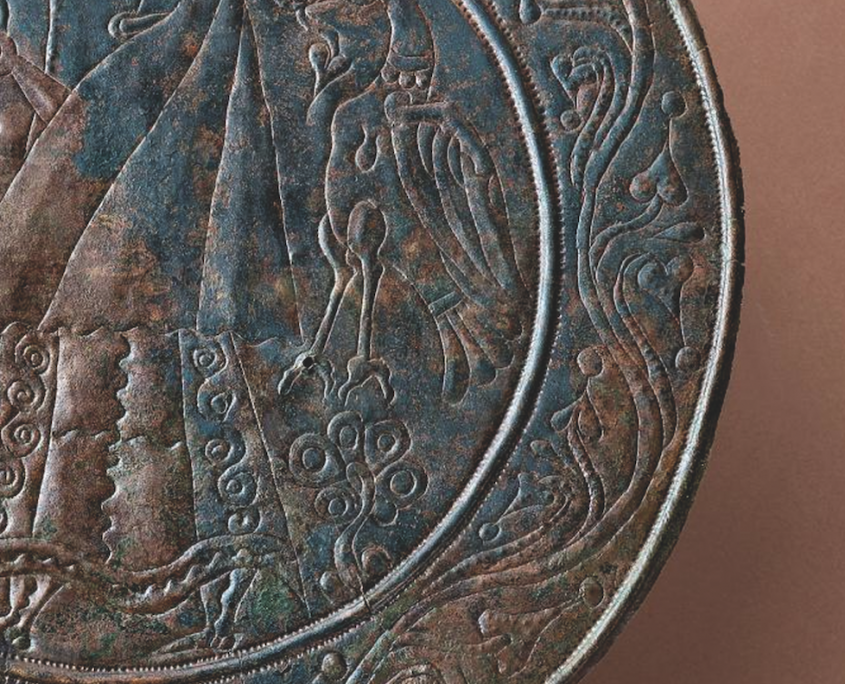Venetians, the art of navigation
Without doubt the Veneto people were skilled sailors, as they had travelled the seas and climbed rivers to get here. From the archaeological finds and historic documents, we have discovered they were in contact with other distant peoples and that they used to import goods via water, which they then traded with the mountain peoples. They were also skilled bronze workers, and wise strategists capable of organising their defences.
How could they control such a large and densely forested plain though, and especially the wide River Livenza, navigable from the mouth up to the spring and therefore perfect for any invasions from the sea?
We can still see their secret in all its amazing simplicity. Along the length of the river the artificial hills are clearly visible, placed at regular distances and close enough to each other to enable sending messages from one to another with smoke or re signals. There are around thirty of these Casteir, built by the Veneto people as defence against their enemies, and also offering a means for communication and refuge from any floods – and they stand as a proud and eternal witness of a people who had found their Promised Land and had no Intention of leaving. This determination also became clear in 302 BC to the Spartan, Cleonimo, son of Cleomene II King of Sparta, when, at the head of his pirate foray, he reached the mouth of a river. He lowered the light craft into the water to avoid running his ships aground and entered the river, to discover just a few well cultivated fields and a few huts. However, when he saw a properly constructed village, he ordered his men to attack but met with a great surprise: far from running away, the people showed all their determination and courage in their fight and forced Cleonimo to rapidly retreat to the sea with the few boats left that hadn’t been destroyed by the fury of the Veneto response.




Leave a Reply
Want to join the discussion?Feel free to contribute!